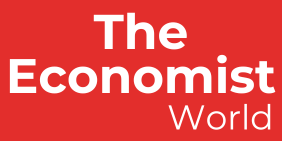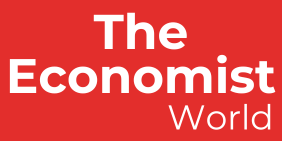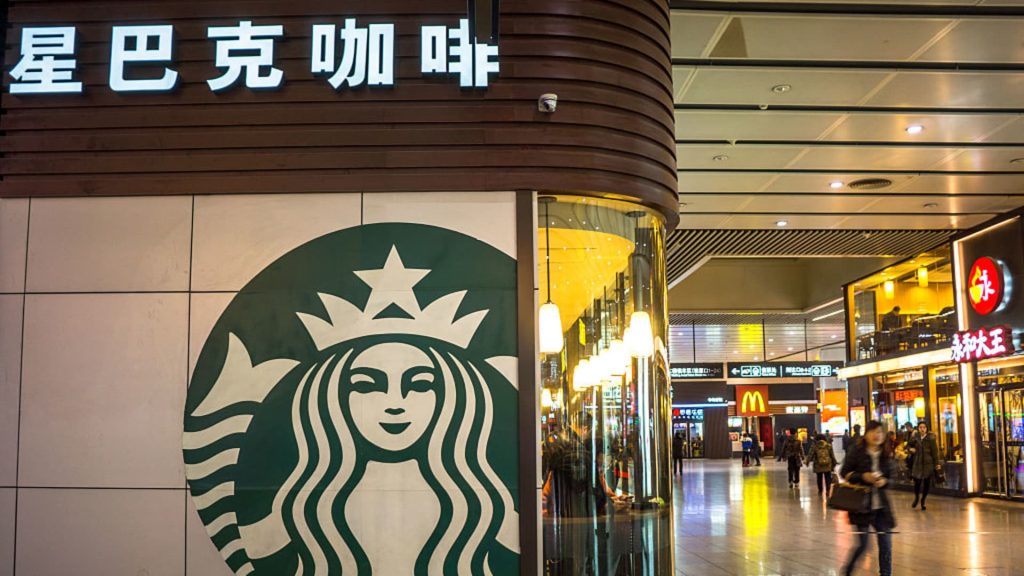Post Views: 86
Starbucks ‘ huge bet on China is looking weaker by the day, raising a once-unthinkable question: Should the global coffee chain abandon the world’s second-biggest economy? Fierce local competition and belt-tightening by Chinese consumers were already squeezing Starbucks’ growth in China, its second-largest market behind the United States. But President Donald Trump ‘s intensifying trade war is pouring fuel on the fire, stoking a wave of anti-American sentiment there that’s turning customers away from its shops. Starbucks’ China revenue has plunged about 19% since 2021, according to Bernstein, even as it added thousands of new stores. Same-store sales there fell 6% during the first quarter of fiscal 2025, reported in late January, reflecting four straight quarters of decline. The company reports its fiscal second-quarter results after Tuesday’s market close. A deepening “buy China, avoid the U.S.” sentiment is also weighing on the company’s stock, Bernstein analyst Danilo Gargiulo told CNBC. Shares are down 28% since reaching a 52-week high of $117.46 on March 3. The stock was trading at $84 per share Monday. Investors are increasingly worried that the Trump administration’s tariff policy will further erode demand for Starbucks in China and abroad, slimming margins and earnings growth. A TD Cowen survey of Chinese consumers, published last Thursday, showed an “intensifying aversion to Western brands,” with respondents across income brackets viewing Western brands in a less favorable light than last year. The survey found Luckin had the strongest value perception, followed by Chinese peers Cotti, Tims, and Manner. Starbucks’ value and taste perception have deteriorated versus peers over the last nine months. Even more problematic for Starbucks, according to Jeffries analyst Andy Barish, is its premium brand positioning in a country where consumers want cheaper deals. Indeed, Starbucks’ offerings typically cost 50% or more than those of local Chinese brand Luckin Coffee, its biggest native competitor. “That’s not the way the Chinese consumer wants to spend right now,” Barish said, noting the average Chinese consumer probably doesn’t notice much of a difference in quality between brands. In 2024, Luckin opened more than 6,000 new stores in China, five in Hong Kong, and 21 in Singapore, bringing its total to 22,340 stores. Starbucks opened roughly 800 shops last fiscal year in China and now has 7,500 there. But analysts note that many of those new locations are in smaller-tiered cities that aren’t showing strong returns so far. Barish said that Starbucks’ average sales per store in China has been cut in half since 2018. 3 reasons for Starbucks’ struggles in China, says Bernstein’s Danilo Gargiulo 1. Price sensitivity . Macroeconomic softness in China, underpinned by a property bubble, has consumers cutting back their spending on premium products. 2. Shifting consumption . Chinese shoppers favor coffee to go instead of the in-house experience of Starbucks. 3. Rivals’ product innovation. Luckin, for example, creates close to 30 new items every quarter, while Starbucks typically has far fewer menu introductions. (Starbucks doesn’t disclose the number of menu innovations per quarter, but it has worked to increase seasonal and culturally relevant drinks, a spokesman said.) All these headwinds come as Chinese consumers are reeling from an economy that has struggled to recover from the Covid pandemic lockdowns. The collapse of the property market — which the Chinese have traditionally viewed as a primary store of value — has eroded household wealth and crushed consumer confidence. High rates of youth unemployment and concerns about job security have also led many to save rather than spend. As a result, many analysts say it’s time for Starbucks to dramatically pull back or leave China altogether. Barish said that Starbucks opening close to 1,000 store units per year “just doesn’t make sense when you’re trying to stabilize a business.” Instead, slowing down the expansion plans and closing underperforming stores is a better idea, he said. Another option would be to find a Chinese business partner for Starbucks, especially in major urban markets where premium coffee still has some appeal. “The problem is trying to find someone who is willing to partner given the current dynamics,” added Barish. A Starbucks spokesperson has said the company is “fully committed” to China, which could include strategic partnerships. Bernstein’s Gargiulo said Starbucks has a chance in China if it reclaims its premium identity by focusing on a more targeted consumer segment. “Starbucks tried to be everything for everybody, which has been a recipe for failure,” Gargiulo said. But now it should “own a niche in the market like the premium consumer” and avoid competing head-on with mass-market rivals like Luckin and Cotti. Completely abandoning China would be a huge about-face for Starbucks, which entered the mainland market in 1999 with huge ambitions. Starbucks still plans to have 9,000 stores by year-end. Since entering the market, it was able to achieve peak coffee market share of 42% in 2017, but that has plummeted to 14% in 2024. After more than two decades, China accounts for roughly 10% to 11% of overall sales. Starbucks’ China strategy was a big part of the Investing Club’s initial investment thesis. However, Jim Cramer agrees that Starbucks needs to focus on improving operations in its core U.S. market and is behind the turnaround efforts of new CEO Brian Niccol. While China’s uncertain economy could delay recovery in the country as well as in the U.S. market, Cramer has conviction and will reevaluate after earnings are released Tuesday evening. (Jim Cramer’s Charitable Trust is long SBUX. See here for a full list of the stocks.) As a subscriber to the CNBC Investing Club with Jim Cramer, you will receive a trade alert before Jim makes a trade. Jim waits 45 minutes after sending a trade alert before buying or selling a stock in his charitable trust’s portfolio. If Jim has talked about a stock on CNBC TV, he waits 72 hours after issuing the trade alert before executing the trade. THE ABOVE INVESTING CLUB INFORMATION IS SUBJECT TO OUR TERMS AND CONDITIONS AND PRIVACY POLICY , TOGETHER WITH OUR DISCLAIMER . NO FIDUCIARY OBLIGATION OR DUTY EXISTS, OR IS CREATED, BY VIRTUE OF YOUR RECEIPT OF ANY INFORMATION PROVIDED IN CONNECTION WITH THE INVESTING CLUB. NO SPECIFIC OUTCOME OR PROFIT IS GUARANTEED.
A logo on the wall of a Starbucks coffee shop in Beijing South railway station.
Zhang Peng | LightRocket | Getty Images
Starbucks‘ huge bet on China is looking weaker by the day, raising a once-unthinkable question: Should the global coffee chain abandon the world’s second-biggest economy?


